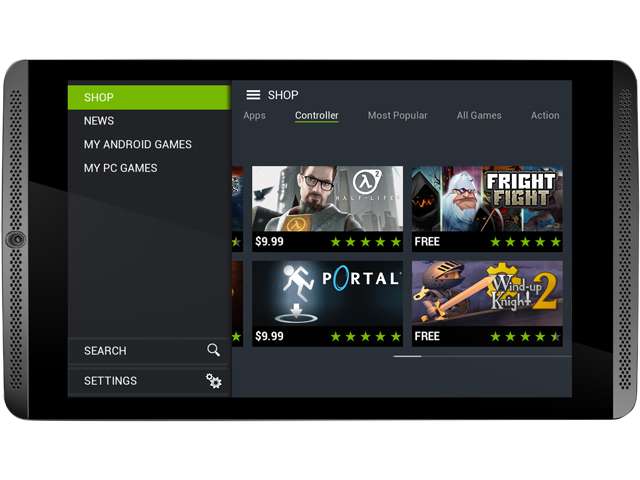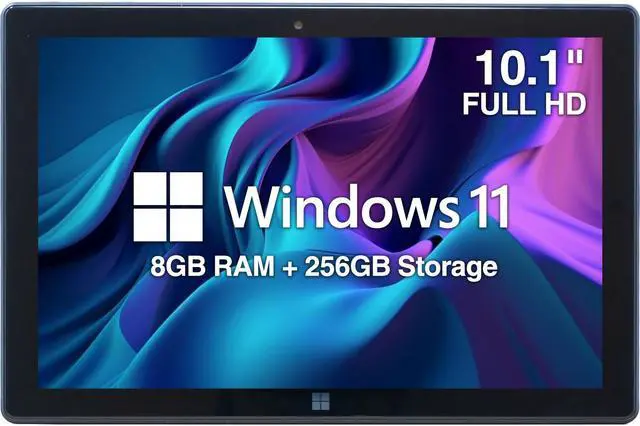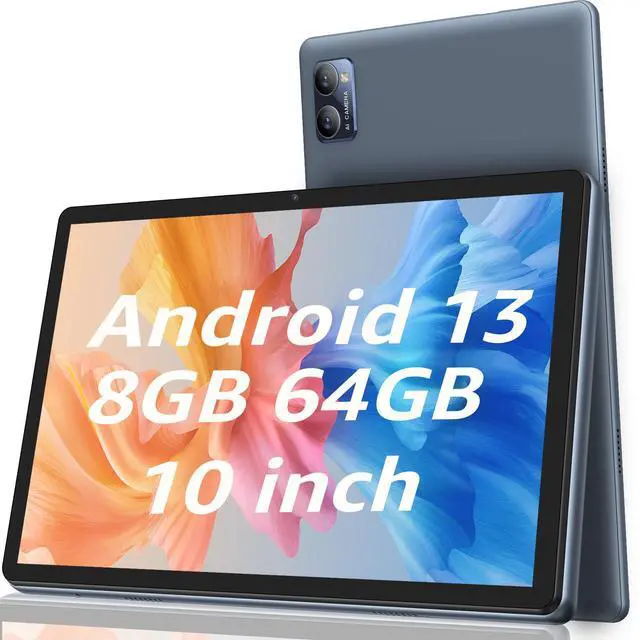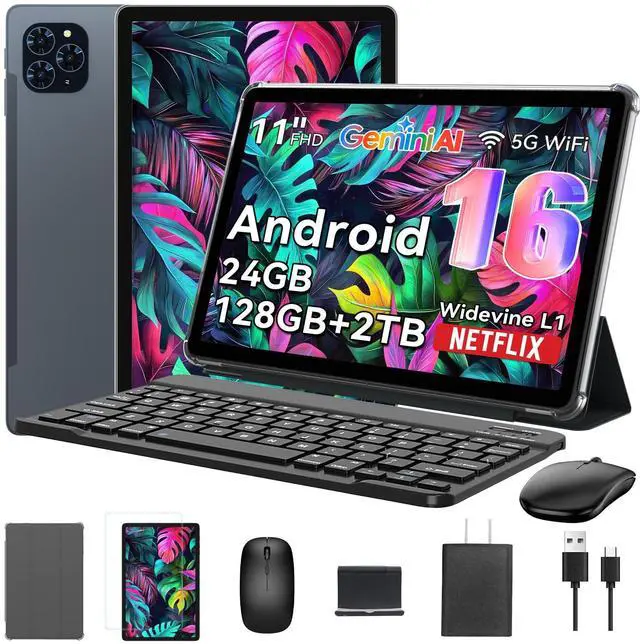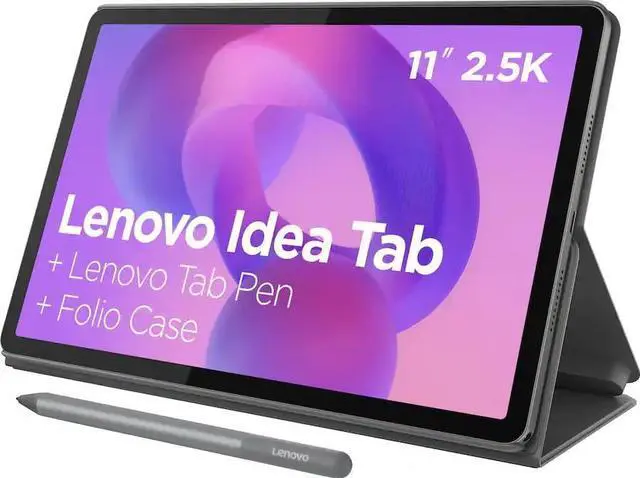Tablet computers were first conceptualized in the late 1800’s when inventor Elisha Gray created the telautograph. His creation was a precursor to the modern fax machine and was the first device that transmitted handwriting to a stationary sheet of paper. For the first time ever, people could send their handwritten message to a distant point by using a two-wire circuit – and they loved it.
The telautograph quickly became the standard method of obtaining signatures over distances and was installed in banks, hospitals, and anywhere else that needed to send information quickly and accurately. The telautograph was so popular, that it was still being used as late as 1960 in New York City’s Grand Central Terminal to display train information.
Around this time, filmmakers and authors began experimenting with the notion of an advanced type of telautograph and inserted tablet computers into some of the most notable science-fiction works of our time. 2001: A Space Odyssey, Star Trek, The Hitchhiker’s Guide to the Galaxy, and many other TV shows, movies and books sparked the public’s interest in tablet computing. But it wouldn’t be until 2010 when we would be able to get our hands on one in earnest.
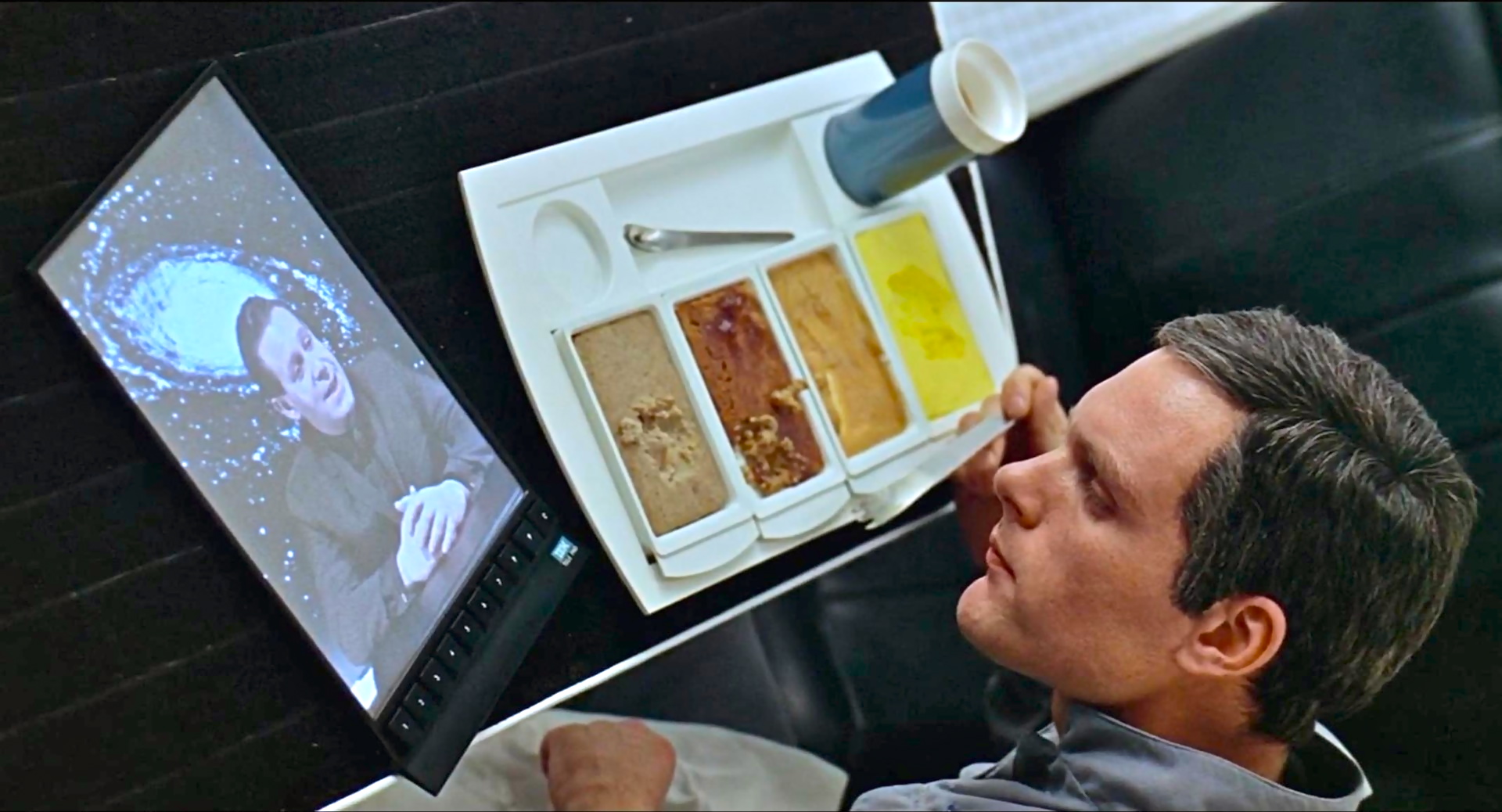
A tablet as portrayed in 2001: A Space Odyssey
While there were several tablet computers available throughout the 1990’s and early 2000’s, these were marketed toward business users and not the general public. And by the time Android started making tablets for the masses in 2009, their operating system was still in its infancy and not as reliable as it is today. It was the Apple iPad that revolutionized the way we use mobile technology, and just like the telautograph, people loved it.
Apple sold over 7 million iPads in 2010 and that number steadily rose year after year as consumers snagged them off store shelves. Although initially met with strong skepticism, the iPad sparked a major influx of competitors trying to replicate its success. Before long, tablet computers from every major manufacturer would become readily available.
For the last four years, tablets have been a major part of the mobile ecosystem. Over 475 million units have shipped around the world since the iPad’s release and 20% of Americans claim to own one. But as consumers are now being bombarded with tablet alternatives like bigger smartphones and hybrid laptops, it appears that our interest in them isn’t as strong as it once was.
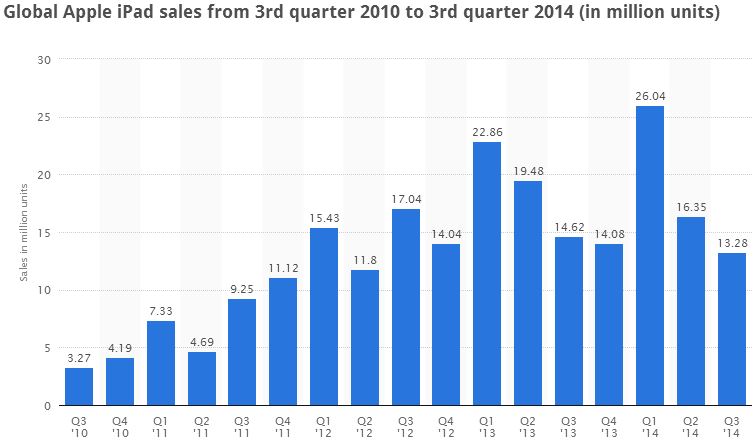
iPad sales are dwindling.
Earlier this week, Apple announced that for the second consecutive quarter, iPad sales fell 9.2% after a 16% drop just three months earlier. During this same quarter two years ago, iPad sales were at an all-time high with a whopping 84% increase from the previous quarter. In 24 short months, the iPad went from being the hottest tablet on the market, to one that is struggling to make a profit.
Apple isn’t the only company having trouble selling tablets these days. Their biggest competitor, Samsung, also reported dwindling tablet sales for the second straight quarter and puts the blame entirely on smartphones.
“For tablets, shipments declined more than expected level due to weak overall market demand and, unlike smartphones, lack of carriers’ subsidies policy led to low replacement demand. The demand for 5-to-6 inch smartphones also cannibalized the demand for 7-to-8 inch tablets”
–Samsung Second Quarter Earnings Estimate
It is estimated that by the end of 2014, smartphone sales will add up to $41 billion. And according to Business Insider, phablets are the fastest-growing smartphone category with an annual growth rate of 27%. If this number holds steady, phablets will outnumber tablets by a three-to-one ratio by the year 2018. In other words: tablets won’t matter.
Because tablets are essentially an enlarged version of a smartphone, they rely heavily on having Internet access. To date, most tablets aren’t able to connect to the Internet unless there’s a Wi-Fi signal, and purchasing a data plan from a cellphone provider is an added expense many people can’t afford. For this reason, many consumers are finding themselves purchasing larger smartphones instead of tablets.
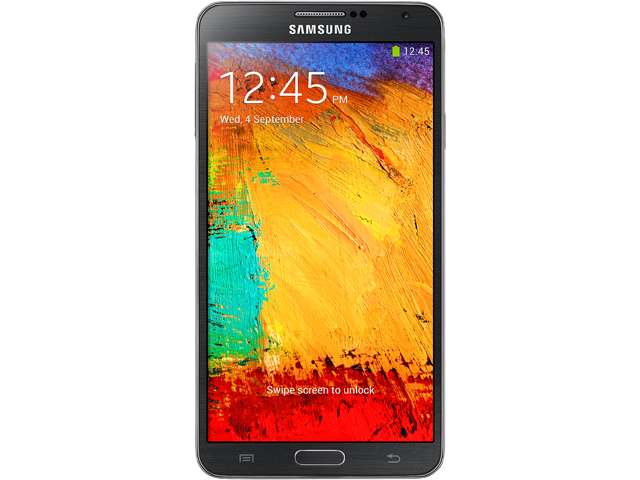
The Samsung Galaxy Note 3 is one of the best-selling phablets on newegg.com
Apple’s iPad Mini costs $200 less than the $499 9.7-inch version, and the average price of an Android tablet is now $228. But even with tablet prices dropping, sales have not increased. Could it be that the public simply doesn’t care anymore? Are tablets becoming obsolete like the telautograph? Maybe — at least here in America.
When asked in a recent interview why consumers weren’t buying tablets anymore, Jeff Orr of ABI Research said: “Those that are going to be interested in buying a tablet in the U.S. by this point already have.” Expanding on his theory, it seems plausible that countries who haven’t wholly adopted the smartphone could be potential tablet consumers in the future.
India and Brazil are two prime examples where feature phones still dominate the market, largely due to their dynamic web capabilities. If they ever choose to adopt smartphones, tablets could see resurgence and remain relevant for many years to come. But if that doesn’t happen, it seems like the only place we’ll see tablets will be in science fiction.
Do you think tablets will become extinct? Or do you think there is a future for the technology?

